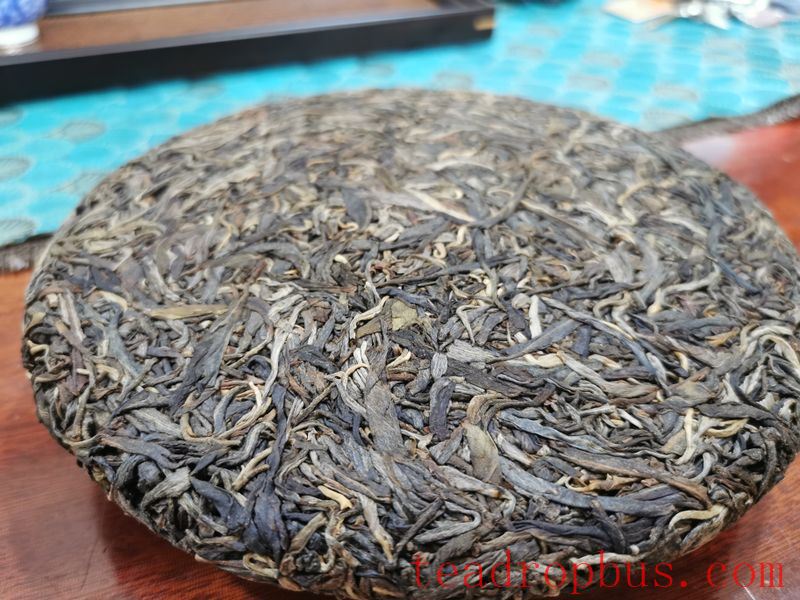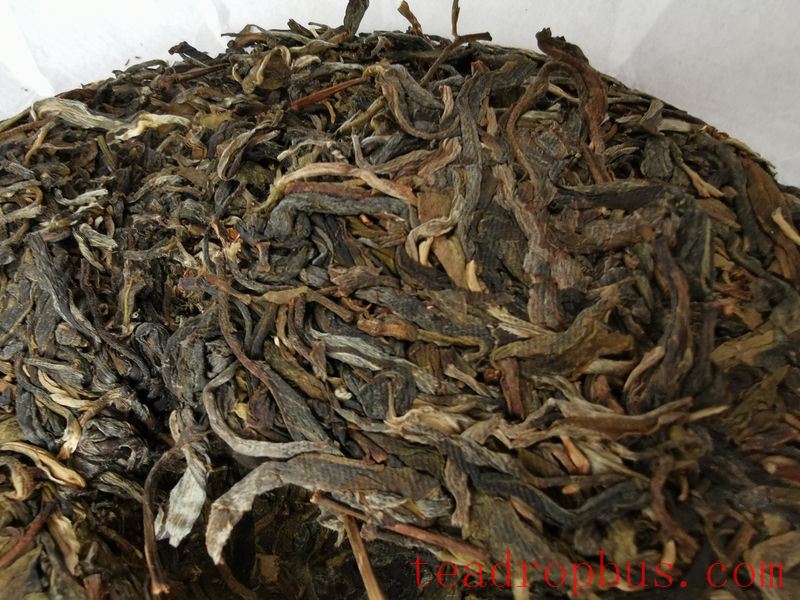During the hot, rainy summer months, humidity increases, and Tea leaves that require dry storage can easily become damp and moldy if not properly preserved. The aroma and taste of damp tea leaves are significantly diminished when brewed. If tea is not stored correctly, it can lose its fragrance or even become moldy. Exposing damp tea to direct sunlight, which contains ultraviolet rays, can damage various components in the tea, affecting its appearance, color, aroma, and flavor. So, how should you deal with damp tea?

How to Handle Damp Tea Leaves
1. Sun Drying
On a sunny day, spread out the tea leaves under the sun and turn them frequently. This method takes longer than others, but it imparts a distinctive “sunny” flavor. Consider whether you can accept this flavor before proceeding.
Note that while this method of sun-drying does not contradict the need for tea to be stored away from light, it involves short-term exposure to sunlight to reduce moisture content and remove humidity, not continuous exposure.
2. Microwave Oven Drying
Place small quantities of tea into the microwave oven and repeat as necessary. Do not overdo the time to avoid burning and creating an unpleasant Odor. Ensure the microwave oven is free from any other odors!

3. Rice Cooker Drying
This method is quite practical since everyone has access to a rice cooker. First, clean the rice cooker thoroughly to eliminate any odors. Place the tea leaves inside and set the switch to the “Keep Warm” mode without covering the pot. Stir occasionally until the tea begins to emit a pleasant aroma, then stop when you are satisfied with the results.
4. Hair Dryer Drying
Wrap the tea leaves in clean, odorless cheesecloth and spread them out. Use the low-heat setting on your hair dryer (avoid plastic models as they may emit odors at high temperatures) while turning the leaves. Choose a metal hair dryer instead.
5. Baking Machine Drying
The above methods are best suited for small quantities of tea. If you have a large amount of damp tea, consider contacting a trusted tea shop or factory to use their large baking machine.

What to Consider When Storing Tea
When storing tea, pay attention to sealing, avoiding light, temperature and humidity control, and preventing odors. For most teas (excluding Pu'er and dark teas), seal them in a container such as a tin, steel can, or clay pot. Store in a cool place or refrigerator based on the type of tea. The storage area should be clean and free from odors.
In general, tea quality is affected by temperature, humidity, oxygen, light, and packaging. Therefore, ensure that the storage area is clean and odor-free.